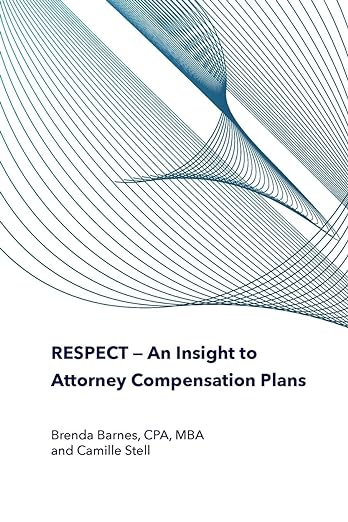
By Hannah Chapman
“Is there any way to reduce our tax bill?” Ava asks, sitting with her husband Jeff and talking with their financial advisor over Zoom. “My business is having its best year yet and is on track to make $600,000, and Jeff’s income as a surgeon should be $500,000 again this year before we get any K-1’s from his partnership. I feel like we’re going to get killed with taxes! What options do we have?”
Thankfully for Ava and Jeff, there are several options to help reduce their income taxes while saving for retirement, and we’ll see how they might be able to reduce their tax bill by $60,000 in 2021 while saving $161,000 of Ava’s business income towards retirement. But first, to understand what options are available we need to understand her business.
Ava is 41 years old and owns a mediation firm and is also in high demand as a public speaker in her industry. The business is in its third year, Ava has one W-2 employee who she pays $70,000 per year, and she has not set up a retirement plan for the business yet. For the purposes of this illustration, we’ll assume that her employee is not eligible for the retirement plan this year. She files taxes as an S-corporation and has been paying herself $155,000 on her W-2 and taking the rest of the business income as pass through income based on her CPAs recommendation. Based on everything she sees in her industry she expects to keep growing her business for a long time to come.
Given all that information, Ava can make a big impact on their tax bill if she sets up retirement plans for her business that will allow for significant pre-tax contributions!
Please note that the following options will have to be set up with the help of a financial advisor, a CPA, and an actuary. They are more expensive to administer than simpler plans (SEP IRAs and SIMPLE IRAs for example), but the reduction in taxes is a significant benefit for high income earners.
First, she can set up a 401(k) with a Profit-Sharing Plan.
The 401(k) portion will allow her to save $19,500 (the maximum contribution for 2021 for employees under age 50) directly from her salary. The profit-sharing portion will also allow her to contribute up to 25% of her W-2 income as a profit-sharing contribution, up to the total account contribution maximum of $58,000 for 2021.
Because Ava is paying herself $155,000 of salary, she can contribute another $38,500 as a profit-sharing contribution to reach the maximum of $58,000 for 2021 ($155,000 x 25% = $38,750, so she can contribute $38,500). This first step reduces Ava and Jeff’s taxable income by $58,000.
Second, Ava can set up a Cash Balance Pension Plan.
A cash balance pension plan is a powerful addition to the retirement and tax planning arsenal, because it can be layered on top of a 401(k) and profit-sharing plan. Ava’s business has significant pass-through income (around $300,000 after salaries and deductions), and she expects to be able to maintain at least that amount of pass-through income going forward. Having consistent profits to cover ongoing contributions is an essential part of having a cash balance plan, so be sure to ask your financial team to do a thorough review before creating one.
Cash balance plans allow much larger contributions than 401(k) or profit-sharing plans, and the maximum allowed funding amount is based on your age (ranging from $60,000 at age 30 to $343,000 at age 70).
At age 41, Ava is allowed to contribute up to $103,000 for 2021. Altogether, the 401(k) with Profit-Sharing and the Cash Balance Pension Plan allow Ava to save $161,000 towards retirement in 2021 and reduces her and Jeff’s taxable income by $161,000 as well.
The total tax calculation will vary based on their state income taxes and other deductions, but this strategy could save Ava and Jeff as much as $60,000 on their tax bill in 2021. If this strategy is carried forward for many years, it’s clear just how big of an impact it can have for both saving towards retirement and saving money on income taxes.
There are rules to maintaining these types of retirement plans correctly, and again, they require the review of an actuary each year to make sure your business is contributing the correct amount for all eligible employees. But when you want to save as much as possible on your income taxes legally, ethically, and in a way that benefits you in the long run through increased retirement funds, it’s worth it to explore your options!
*Important disclaimer: please consult your financial advisor and CPA about the best options for your specific situation.*
About The Author
Hannah Chapman
Hannah Chapman is the founder of X2 Wealth Planning, and a Certified Financial Planner (CFP) and Wealth Advisor determined to change the way the financial industry serves women. Join the May 19 Leading Law Roundtable to hear from Hannah as she discusses financial issues facing solo and small business owners. This article first appeared in Forbes online and is reprinted with permission.



